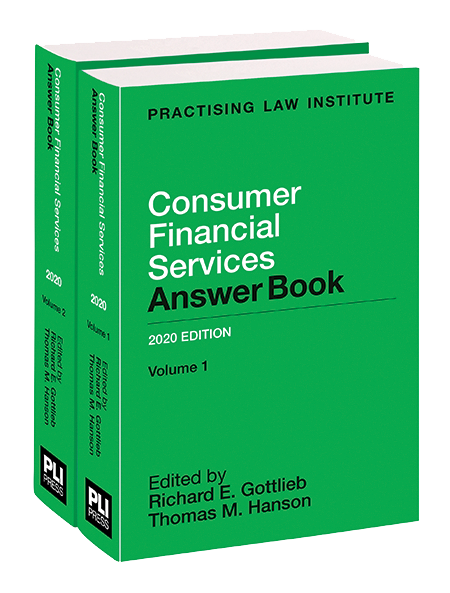
PLI Press is proud to announce the publication of the new treatise FinTech, RegTech, and the Financial Services Industry.
Editor Clifford Kirsch, a leading securities lawyer with more than 25 years of regulatory, corporate counsel, and private practice experience, and a team of 39 experts offer extensive analysis of the legal and compliance issues arising out of the increasingly rapid developments in financial technology, including crowdfunding, blockchain technology and cryptocurrency, and the advent of robo-advisors, and the emerging regulatory framework.
Divided into seven parts, this treatise:
- Provides introductory discussions tracing the development of fintech, regtech, and suptech, as well as a review of the regulatory agencies that cover financial products and services that fall under the fintech umbrella.
- Examines the business applications of fintech and their attendant regulatory implications, such as the use of digital technology by financial services firms to interact with customers; raising equity capital through the SEC’s Regulation Crowdfunding; and more.
- Covers the concept of creating a general ledger through blockchains, which can be relied upon by the public as a source of information of ownership.
- Examines the issues that arise when considering the handling and use of data by fintechs.
- Considers anti-money laundering in the fintech context.
- Provides a discussion of the legal effectiveness of electronic signatures, electronic records, electronic delivery (“e-delivery”) of records, and electronic retention of records.
- Discusses firms’ integration of data analytics into their compliance programs, as well as regulators’ use of data analytics to surveil financial markets for potential misconduct.
Order a print copy today. PLI PLUS subscribers can access this title through their subscription.

